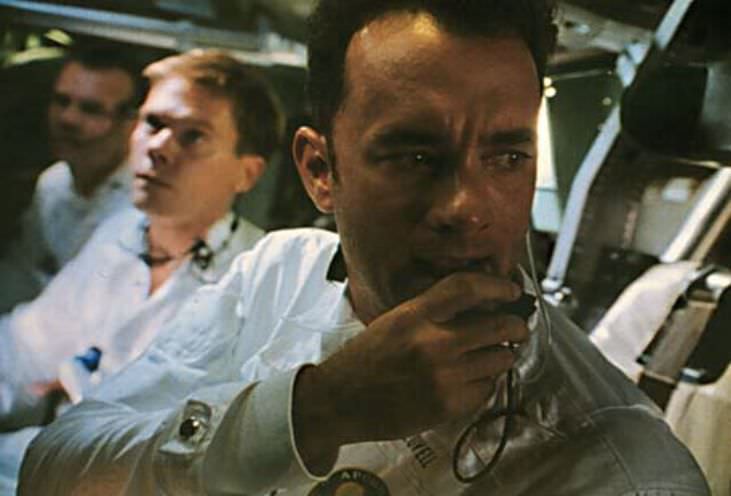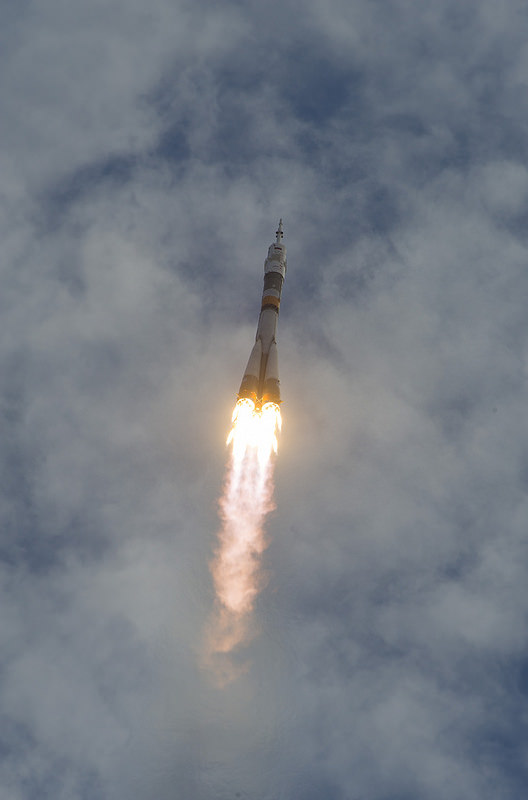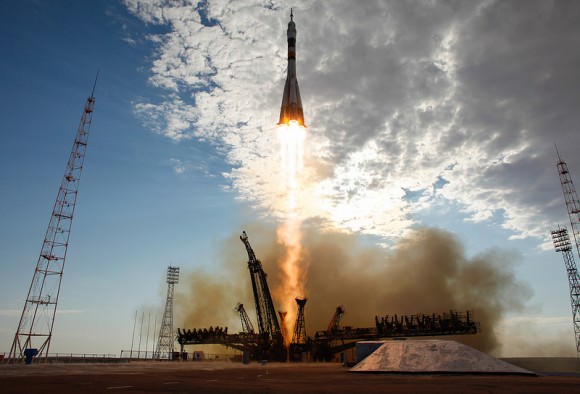Space is a dangerous and sometimes fatal business, but happily there were moments where a situation happened and the astronauts were able to recover.
An example: today (March 16) in 1966, Neil Armstrong and Dave Scott were just starting the Gemini 8 mission. They latched on to an Agena target in the hopes of doing some docking maneuvers. Then the spacecraft started spinning inexplicably.
They undocked and found themselves tumbling once per second while still out of reach of ground stations. A thruster was stuck open. Quick-thinking Armstrong engaged the landing system and stabilized the spacecraft. This cut the mission short, but saved the astronauts’ lives.
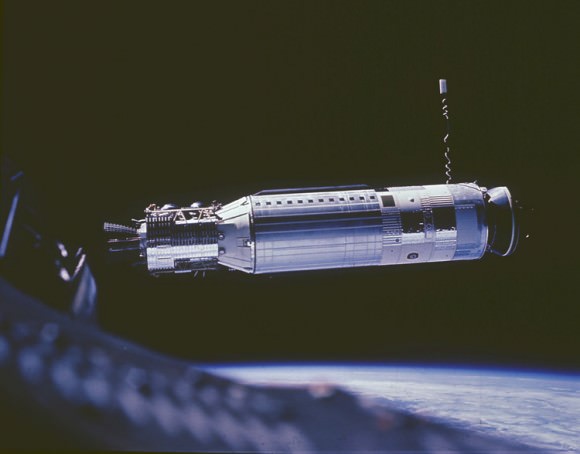
Here are some other scary moments that astronauts in space faced, and survived:
Friendship 7: False landing bag indicator (1962)
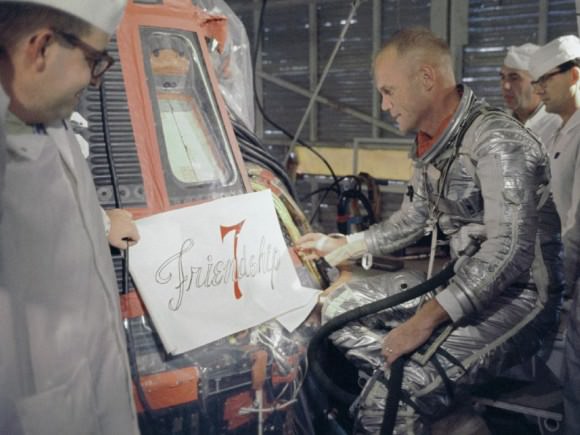
John Glenn was only the third American in space, so you can imagine the amount of media attention he received during his three-orbit flight. NASA received an indication that his landing bag had deployed while he was still in space. Friendship 7’s Mercury spacecraft had its landing cushion underneath the heat shield, so NASA feared it had ripped away. Officials eventually informed Glenn to keep his retrorocket package strapped to the spacecraft during re-entry, rather than jettisoning it, in the hopes the package would keep the heat shield on. Glenn arrived home safely. It turned out to be a false indicator.
Apollo 11: Empty fuel tank (1969)
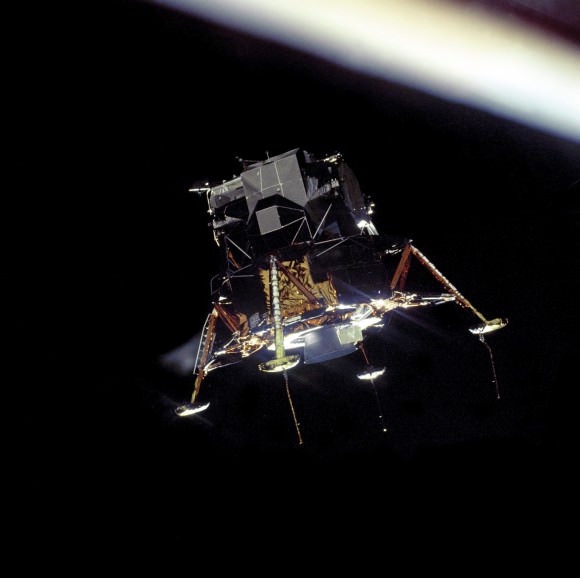
Shortly after Neil Armstrong announced “Houston, Tranquility Base, here, the Eagle has landed” during Apollo 11, capsule communicator Charlie Duke answered, “Roger, Tranquility. We copy you on the ground. You got a bunch of guys about to turn blue. We’re breathing again. Thanks a lot.” They weren’t holding their breath just because it was the first landing on the moon; Armstrong was navigating a spacecraft that was almost out of fuel. The spacecraft Eagle overshot its landing and Armstrong did a series of maneuvers to put it on relatively flat ground. Accounts say he had less than 30 seconds of fuel when he landed on July 20, 1969.
Apollo 12: Lightning strike (1969)
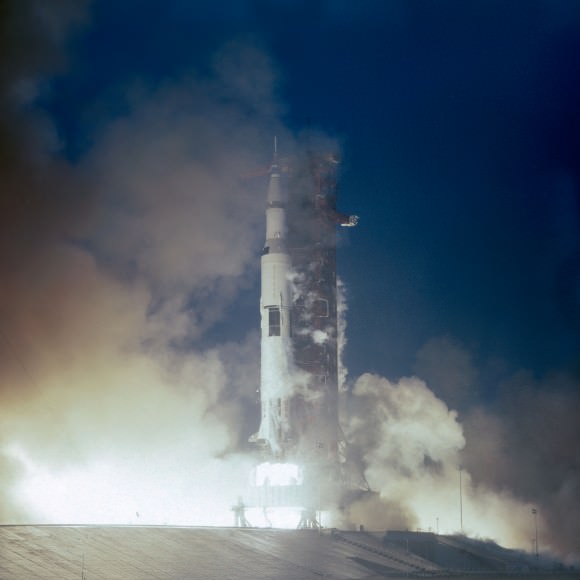
Moments after Apollo 12 headed from ground towards orbit, a lightning bolt hit the rocket and caused the spacecraft to go into what appeared to be a sort of zombie mode. The rocket was still flying, but the astronauts (and people on the ground) were unsure what to do. Scrambling, one controller suggested a command that essentially reset the spacecraft, and Apollo 12 was on its way. NASA did take some time to do some double-checking in orbit, to be sure, before carrying on with the rest of the mission. The agency also changed procedures about launching in stormy weather.
Apollo 13: Oxygen tank explosion (1970)
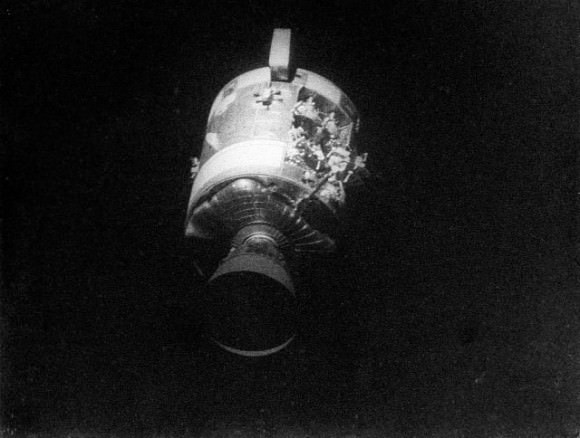
The astronauts of Apollo 13 performed a routine stir of the oxygen tanks on April 13, 1970. That’s when they felt the spacecraft shudder around them, and warning lights lit up. It turned out that an oxygen tank, damaged through a series of ground errors, had exploded in the service module that fed the spacecraft Odyssey, damaging some of its systems. The astronauts survived for days on minimal power in Aquarius, the healthy lunar module that was originally supposed to land on the moon. They arrived home exhausted and cold, but very much alive.
Apollo-Soyuz Test Project: Toxic vapours during landing (1975)
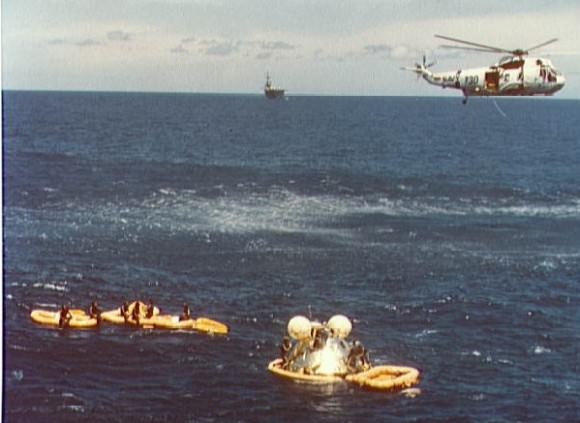
The Apollo-Soyuz Test Project was supposed to test out how well American and Russian systems (and people) would work together in space. Using an Apollo command module and a Russian Soyuz, astronauts and cosmonauts met in orbit and marked the first mission between the two nations. That almost ended in tragedy when the Americans returned to Earth and their spacecraft was inadvertently flooded with vapours from the thruster fuel. “I started to grunt-breathe to make sure I got pressure in my lungs to keep my head clear. I looked over at Vance [Brand] and he was just hanging in his straps. He was unconscious,” recalled commander Deke Slayton, in a NASA history book about the event. Slayton ensured the entire crew had oxygen masks, Brand revived quickly, and the mission ended shortly afterwards.
Mir: The fire (1997)
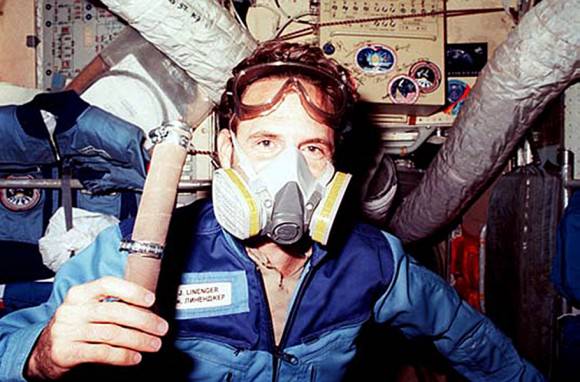
The crew on Mir was igniting a perchlorate canister for supplemental oxygen when it unexpectedly ignited. As they scrambled to put out the fire, NASA astronaut Jerry Linenger discovered at least one oxygen mask on board were malfunctioning as well. The crew managed to contain the fire quickly. Even though it affected life aboard the station for a while afterwards, the crew survived, did not need to evacuate, and helped NASA learn lessons that they still use aboard the International Space Station today.
STS-51F: Abort to orbit (1985)
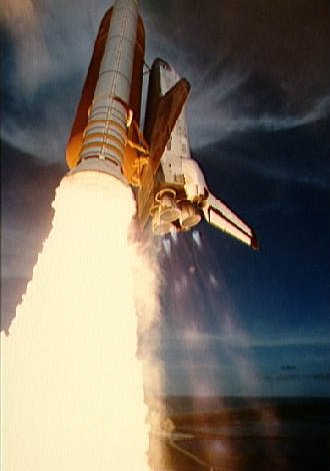
The crew of space shuttle Challenger endured two aborts on this mission. The first one took place at T-3 seconds on July 12, when a coolant valve in one of the shuttle’s engines malfunctioned. NASA fixed the problem, only to face another abort situation shortly after liftoff on July 29. One of the engines shut down too early, forcing the crew to abort to orbit. The crew was able to carry on its mission, however, including many science experiments aboard Spacelab.
STS-114: Foam hitting Discovery (2005)
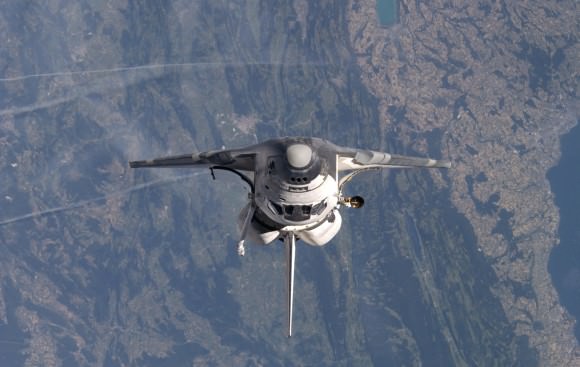
When Discovery lifted off in 2005, the fate of the entire shuttle program was resting upon its shoulders. NASA had implemented a series of fixes after the Columbia disaster of 2003, including redesigning the process that led to foam shedding off Columbia’s external tank and breaching the shuttle wing. Wayne Hale, a senior official in the shuttle program, later recalled his terror when he heard of more foam loss on Discovery: “I think that must have been the worst call of my life. Once earlier I had gotten a call that my child had been in an auto accident and was being taken to the hospital in an ambulance. That was a bad call. This was worse.” The foam, thankfully, struck nothing crucial and the crew survived. NASA later discovered the cracks in the foam are linked to changes in temperature the tank undergoes, and made more changes in time for a much more successful mission in 2006.
We’ve probably missed some scary moments in space, so which ones do you recall?

